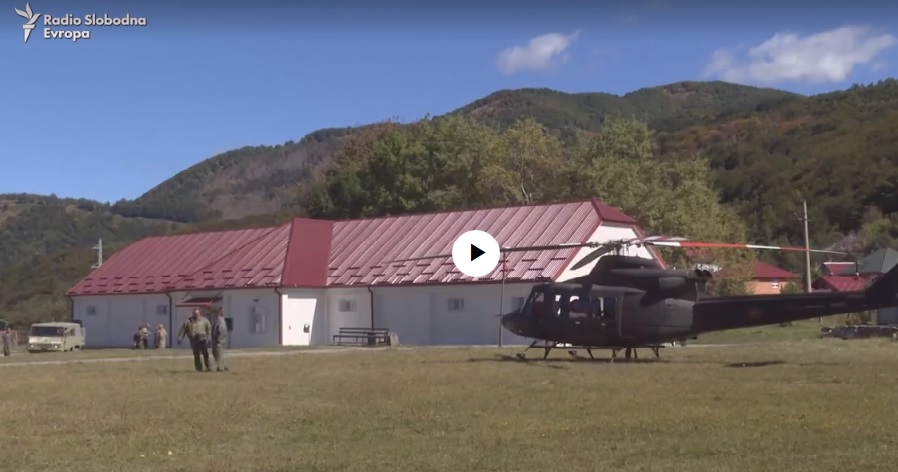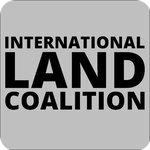Local peolpe Vs. military polygon
.
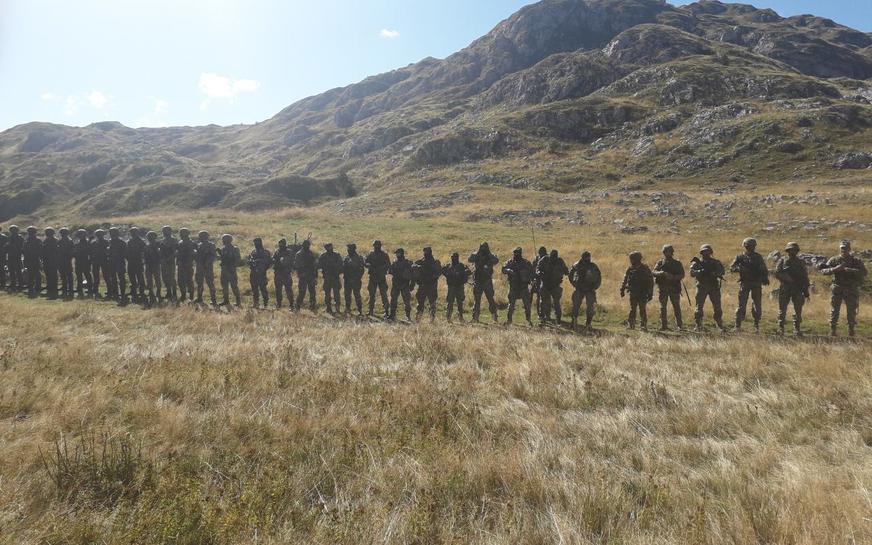

In September 2019, midway through the process that was on track to declare Sinjajevina a protected area as a Regional Natural Park, the Montenegrin Government cut it down, inaugurated an artillery polygon and began military training and weapons testing with NATO allied forces from the USA, Italy, Austria and Slovenia, in the heart of these pastures and within the UNESCO Biosphere Reserve. This began while people and their animals were still in the area, and was undertaken without any publicly available environmental impact assessment, or publicly available health evaluation. At the same time there was no publicly available economic impact study, or any consistent negotiation with the affected pastoral communities.
In fact, the Ministry of Agriculture and Rural Development of Montenegro has repeatedly opposed the installation of the military base as well as the Ministry of Tourism and Sustainable Development, and 5 out of the 7 municipalities involved. Concretely, the 2 municipalities having accepted the militarization plan were governed by members of the national ruling party. At the same time, one of the municipalities that does not agree, Savnik, has even stated that they have not even been consulted; not to say the pastoralists of all these municipalities that are the most directly affected ones.
Conflict chronology
- December 2010. EU confirms Montenegro as a candidate country for membership.
- July 2016. Starts the study for the protection and establishment of a protected area in Sinjajevina, by the Environmental Protection Agency of Montenegro, co-funded by the EU.
- June 2017. Montenegro officially joins NATO as a member state.
- March 2018. First unofficial news about the plans to create a military ground on Sinjajevina reach local communities.
- May 2019. Significant public demonstrations in the highlands of Sinjajevina, opposing its militarization.
- 21 July 2019. Creation of the Coalition for Sustainable Development (KOR) catalyzed by the Sinjajevina uprising, and that becomes the biggest environmental organization in Montenegro.
- 5 August 2019. About 6,000 signatures of Montenegrin citizens are collected in favor of stopping the military ground, being 3,000 the minimum necessary for the Montenegrin Parliament to accept an issue into debate.
- 27 September 2019. After ignoring the petition signed by over 3.000 Montenegrins, on 5th September the Government decrees unilaterally the creation of a military training ground in Sinjajevina and on the 27th the 1st international NATO military training is held in Sinjajevina, with no prior consulting process with pastoral communities.
- October 2019 – Soldiers plant 3.000 aggressive fast-growth conifers in the pastures of Sinjajevina and promise 100.000 more with the apparent intention to “greenwash” the military ground plan. The choice of these fast growing conifers would, in fact, effectively serve as a natural barrier and a way to pressure, limit, or expel the pastoralists from their lands, working at the same time against the conservation of the present rich biodiversity as it is pastoralist dependent.
- 16-19 November 2019. An international scientific research team presents its works to UNESCO, the European Parliament, and the European Commission, explaining the millenary bio-cultural value of Sinjajevina and the current social and environmental crisis.
- 24-26 February 2020. A delegation from the EU Parliament visited Podgorica, Montenegro’s capital, to evaluate the evolution of the converging commitments of the Montenegrin Government in the framework of its adhesion talks with the EU, and it asks nation’s parliament to guarantee protection of Sinjajevina’s lands and culture.
- 15 July 2020. The international Save Sinjajevina movement is created and launches a statement to which adhere about 100 organizations worldwide. Two days later a press conference is held in Podgorica about this.
- 30 August 2020. Elections take place in Montenegro and the party of the Socialist Democratic Party, after 30 years of autocratic rule and in power since the former Yugoslavia (the last one of all its six republics) is defeated and a new coalition of parties (conservatives, liberals and greens) agree to form a future new Government and hopes for the safeguard of Sinjajevina rise exponentially.
- 6 October 2020. The international Save Sinjajevina movement launches an AVAAZ petition replicated after for further impact by the Land Rights Now campaign (OXFAM, ILC, etc.), along with a press release and a press conference in Podgorica, and a 40 seconds clip explaining the Save Sinjajevina campaign. They all communicated the two key asks: to ensure the removal of the military training ground as a pre-condition for Montenegro’s EU membership, and to create a community protected area in Sinjajevina.
- 9 October 2020. Farmers from Sinjajevina and local activists demonstrated at the doors of the Montenegrin parliament to urge the EU Commissioner for Neighbourhood and Enlargement, Olivér Várhelyi, in official visit to the country, to suspend membership talks with Montenegro until it stops militarizing Sinjajevina.
- 16 October 2020. People hear that there is a new military training coming up, and a group of about 150 local farmers and environmental and social rights groups set up a protest camp in the heart of the highland pastures of Sinjajevina, at the foot of Margita mountain within the site earmarked for the army, serving as “human shields” and blocking soldiers’ access until December 2020 to stop the Montenegrin army from carrying out mortar shelling and other weapons testing exercises in their traditional lands. At the same time, Thomas Waitz, co-chair of the European Green Party officializes its support to the cause through a key video on twitter.
- 16 October – 2 December 2020. Many press articles start to appear in the ex-Yugoslav republics (example 1 & example 2) and even in Russia, and the subject slowly permeates to Western media: The Ecologist / Open Democracy / META / Mongabay.
- 2 December 2020. Formation of the new Government of Montenegro with hopes that things will change for Sinjajevina.
Serious consequences
The construction and use of an artillery site directly affects more than 250 families belonging to eight different Montenegrin tribes (Bjelo Pavlici, Stitaricani, Kolasinci, Moracani, Uskoci, Drobnjaci and Saranci) including their 12,000 rearing animals such as sheep, cows, goats, and horses. At a bigger scale, more than 22,000 people living in Sinjajevina’s lower lands see a menace to their sustainable livelihoods.
And this situation concerns not only local people’s traditional rights to nature from a legal point of view. From a scientific point of view, the pastoral ecosystem itself and the ecosystem services it provides depend on the safe presence and activity of the pastoral communities that are being seriously threatened by the establishment of this military polygon.
Military use could contaminate the water humans and animals drink. The epicenter of the military polygon is near Savina Vode, the most important lake and source of water in these karstic highlands where water is the main limiting factor for human life and livestock. Moreover, the impact of water contamination could reach far beyond the inhabited mountain artillery polygon area through underground water flows. It could impact, for example, the villages around Lipovo, just downhill from Savina Voda, with their renowned water-bottling factory. For decades, these mineral springs have been known for clean and pure mineral water. Any degradation in the cleanliness of the water would destroy its reputation for promoting health, and would have a negative impact on the local economy.
The same would be true for the local consumption and market for medicinal herbs, meat, and dairy products, as the demand for these products would be expected to fall— in fact, a slight downward trend seems already to have begun. Whereas Sinjajevina produces some of the most valuable cheeses and milk products in the country, such as traditional skorup which sell for 25€ per kilo. This is a true fortune in a country where the mean salary is less than 300€ per month.
Fear among locals rightly extends to the physical danger of being struck by military artillery (in the moment of action or by way of undetonated explosives left behind), a fear that will undoubtedly deliver another blow to the currently flourishing and growing eco-tourism in the area on which, especially the new generations, start to increasingly depend on.
In the face of these facts, local communities and activists all around Montenegro and in other European countries have begun to join the effort to protect Sinjajevina and plan actions to denounce the situation.
"There can be no development for indigenous peoples without their free, prior and informed consent and without them being involved in every step. These fundamental principles are enshrined in the UN Declaration on the Rights of Indigenous Peoples."
UN Secretary-General Ban Ki-moon
What local people say
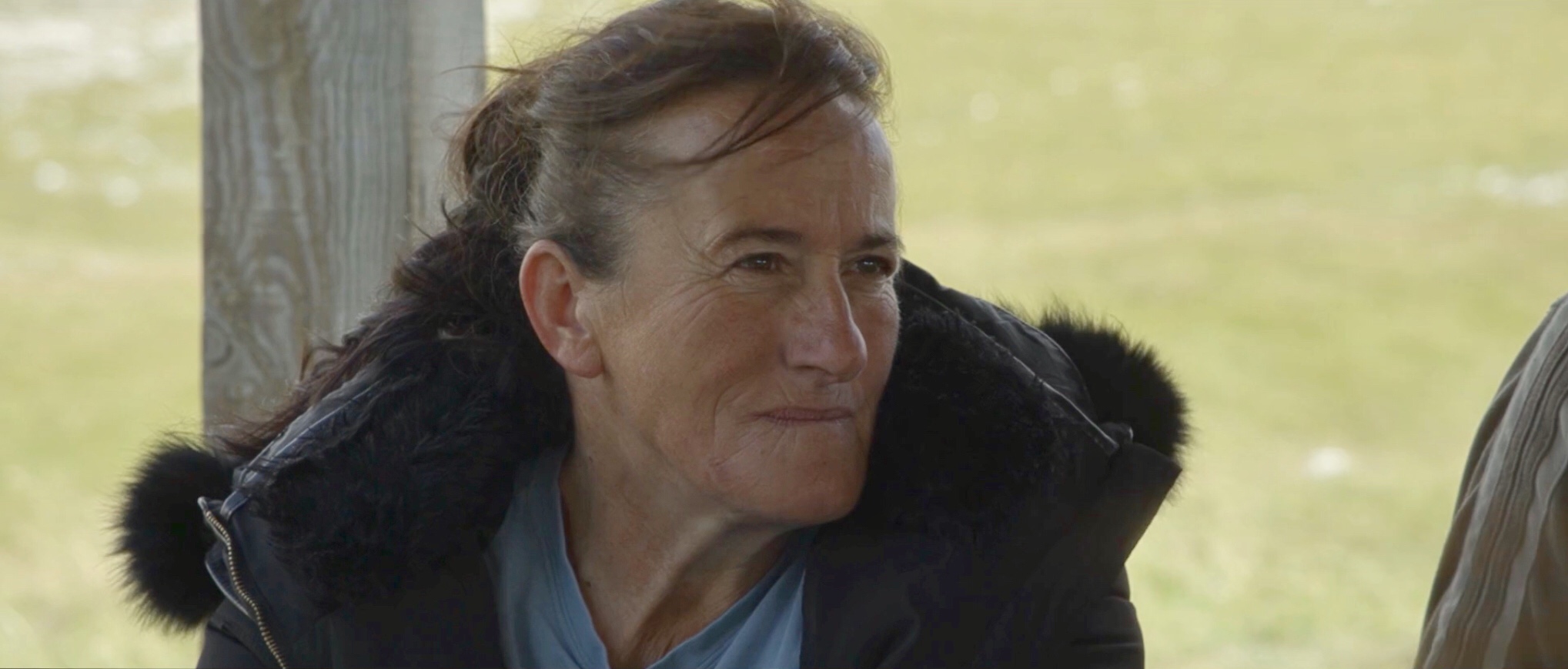
"Sinjajevina is more than our home, is our way of live for centuries and generations, we just can't live without it".
― Gara. 59 Y.O.
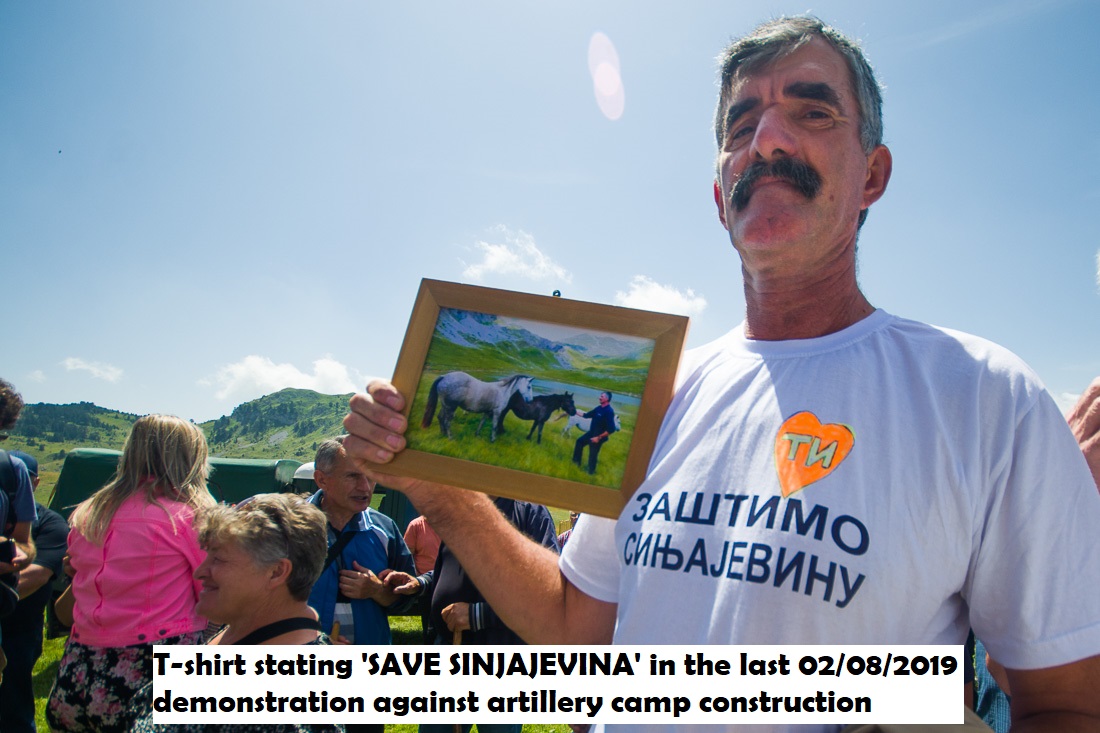
"No one informed us properly of the military project. No one seems to care about destroying our mountains and lives"
― Zoran, shepherd. 61 Y.O.
An impact beyond borders

Dialogue as the only solution
Dialogue among the Montenegrin Government, local communities, activists, politicians and scientists, based on empirical and informed knowledge, is critical to solve the present crisis. In fact, Sinjajevina is one among many social and environmental justice conflicts ongoing in Montenegro, as there is widespread evidence that the Montenegrin State acts in a way particularly disrespectful of the environment and the right of its people to a healthy natural world.

Bio-cultural and economic impact of Sinjajevina affects the whole humanity
If a military polygon continues and expands its activities, and if local communities are obliged to abandon their traditional way of life, it will constitute a direct threat to over 250 pastoralist families (more than 1.500 people), as well as the more than 22,000 people living around the area. The local people could face health issues, significant economic impacts and serious physical threats. Equally severe could be the disappearance of a socio-ecosystem co-built by the interactions of nature and culture through millennia. This veritable World Heritage could be lost forever. The disappearance of Sinjajevina’s pastoralist culture would create an immediate threat to some of the most outstanding alpine pastoral landscapes in Europe, as well as one of the continent’s increasingly rare traditional pastoralist living systems, visited by thousands of people from all around the world..

Human and environmental rights
Informed consent of local communities is not only specified in the UN Informed consent of local communities is not only specified in the UN Declaration on the Rights of Indigenous Peoples but also in the ILO Convention 169 that the Montenegrin state seems to be clearly violating.

About Us
Sinjajevina.org is born from a group of scientists, NGOs, farmers, politicians and ordinary citizens that, in favor of the protection of Sinjajevina, wish to provide as much information as possible, for the public recognition of Sinjajevina’s heritage and the current major crisis it is undergoing.
News
Files section
- Article has no files.


